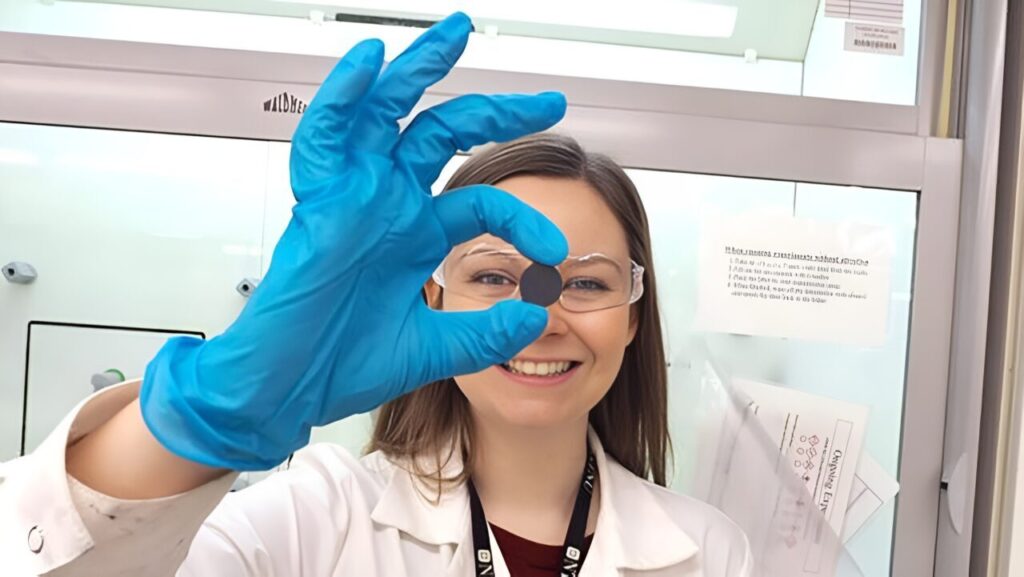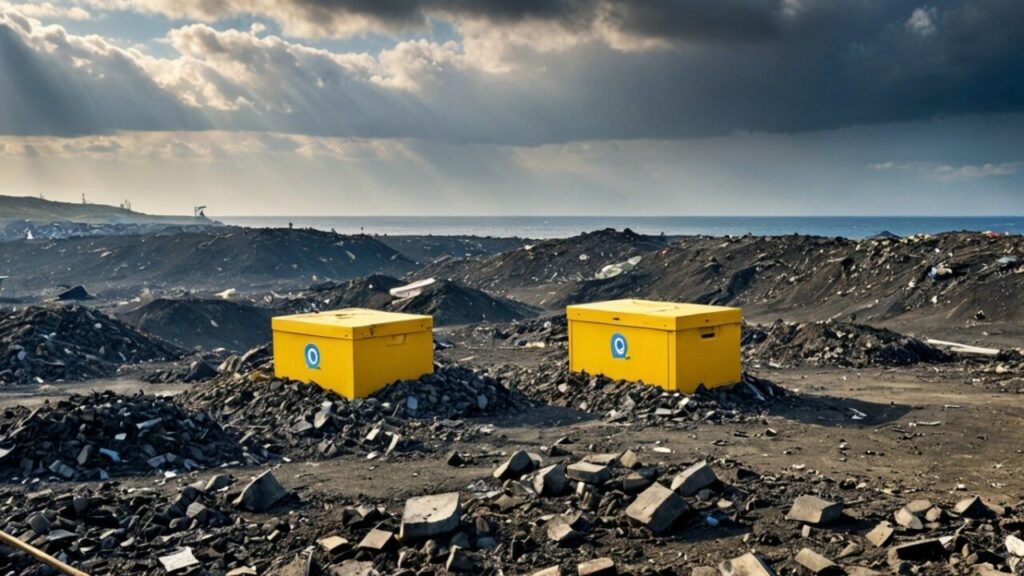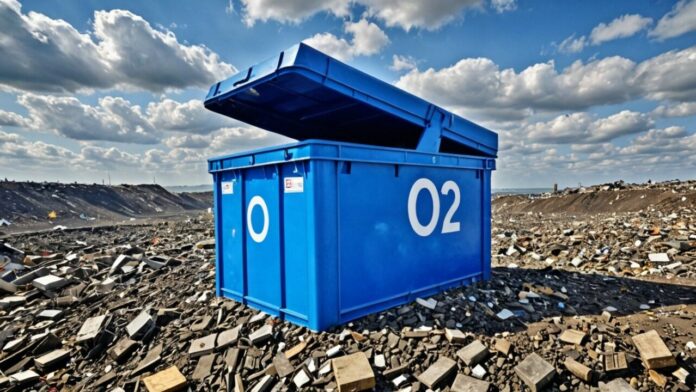Researchers at the Norwegian University of Science and Technology (NTNU) have discovered a new and inexpensive method for producing oxygen from waste materials. This groundbreaking method could revolutionize industries and the medical field, where the demand for oxygen is high. Here are the details of this remarkable discovery:
Low-Cost Method for Oxygen Production from Waste Materials
The team, led by Professor Sverre Magnus Selbach, has identified new materials that can be used in oxygen production. These materials are much cheaper and more energy-efficient compared to traditional methods. Selbach and his team focused on materials that can quickly store and release oxygen.

These waste materials offer significant advantages over expensive and energy-intensive methods like air distillation. According to Selbach, “These materials can release pure oxygen at much lower temperatures, meaning less energy consumption and lower costs.”
The Role of Hexagonal Manganites
The research is centered on hexagonal manganites. These materials are advantageous due to their rapid oxygen absorption, cost-effectiveness, and scalability. Additionally, hexagonal manganites exhibit high entropy characteristics, meaning they can have various compositions and lack precise crystal structures.
This tolerance for impurities and minor defects during the production process makes working with these materials both easy and inexpensive. “These materials can store and release oxygen much more efficiently. The flexibility in the production process makes them practical and useful,” says Selbach.

Impact on Industry and Medicine
The ability to produce cheap oxygen from waste materials could have a significant impact on oxygen-dependent fields such as industry and medicine. From oxygen masks used in hospitals to oxygen sources in industrial and automotive facilities, everything could become cheaper and more environmentally friendly.
For example, reducing oxygen production costs in hospitals could lower healthcare costs. Similarly, cheaper oxygen in industrial production could reduce manufacturing costs and, consequently, the final product prices.
You can find more details about this research on the Chemistry of Materials website. What do you think about this development? What other benefits do you think cheap oxygen production could provide? Share your thoughts in the comments section below.

